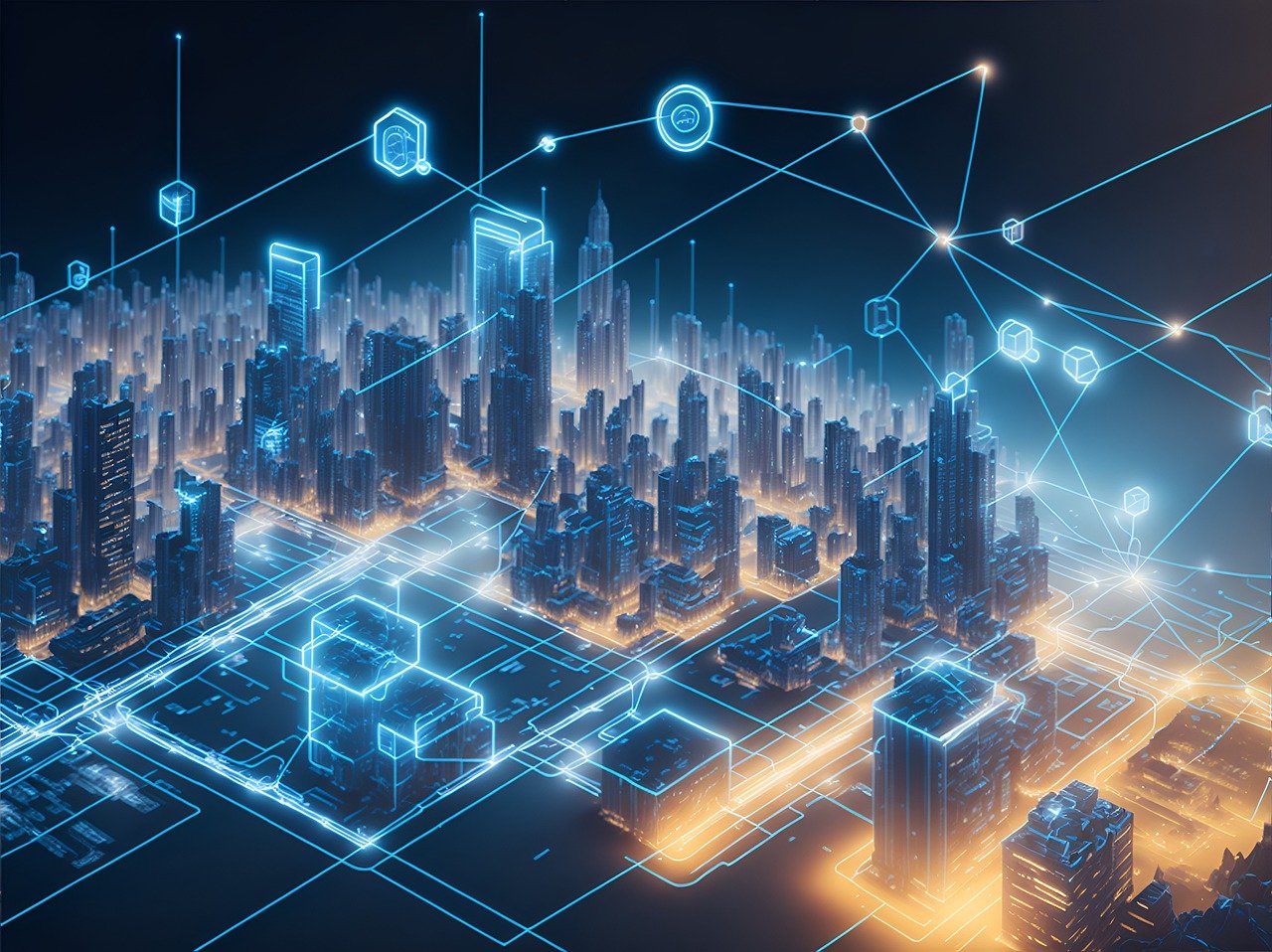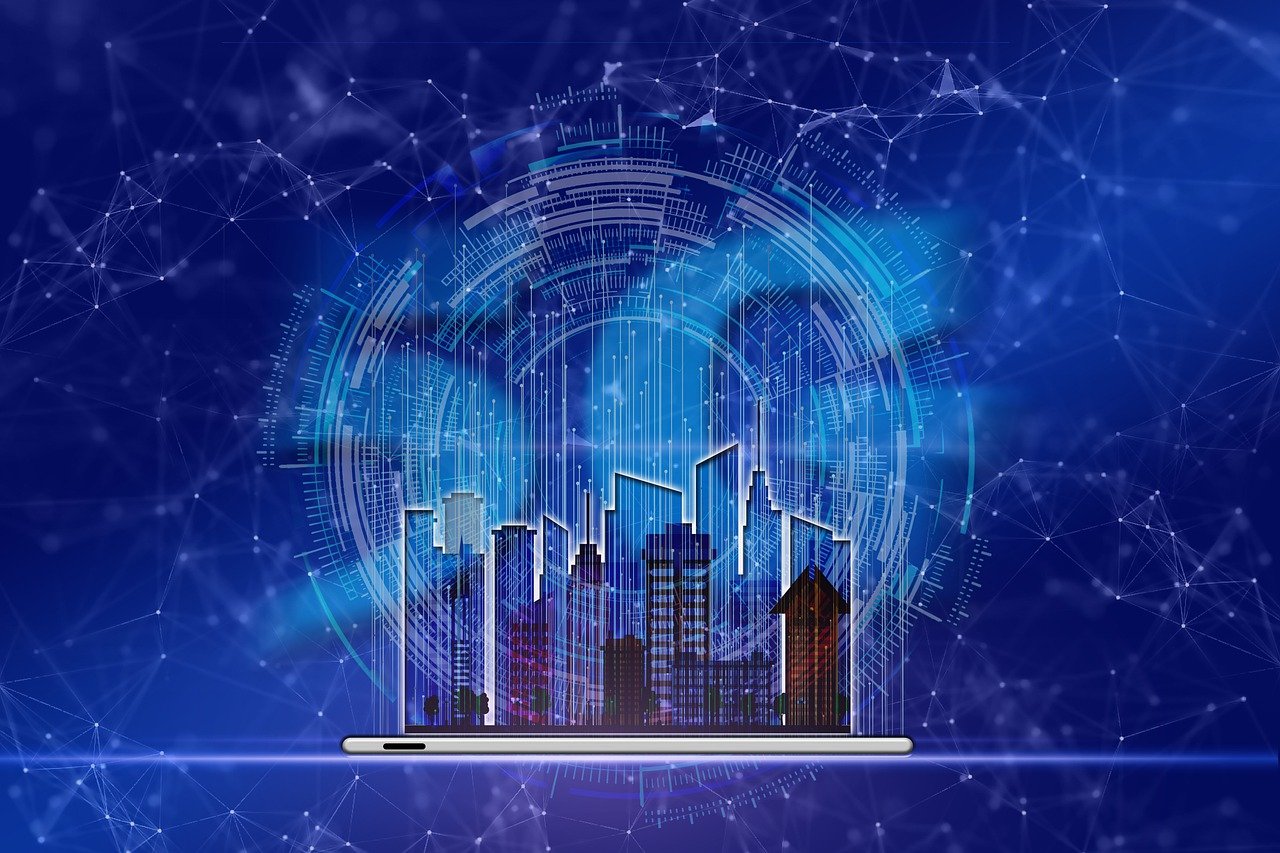What is 5G Technology?
5G technology represents the fifth generation of mobile network technology, promising to revolutionize the digital landscape with unprecedented speed, reliability, and connectivity. This next-generation wireless technology is designed to meet the growing demands of our increasingly connected world, offering significant improvements over its predecessors in terms of data transfer rates, latency, and network capacity.
Key Features of 5G
5G technology boasts several groundbreaking features that set it apart from previous generations:
- Enhanced Mobile Broadband (eMBB): Offers ultra-fast data speeds up to 20 Gbps
- Ultra-Reliable Low-Latency Communication (URLLC): Provides near-instantaneous data transfer with latency as low as 1 millisecond
- Massive Machine-Type Communications (mMTC): Supports up to 1 million connected devices per square kilometer
- Network Slicing: Allows for the creation of multiple virtual networks within a single physical network
- Beamforming: Improves signal efficiency and reduces interference
- Millimeter Wave Spectrum: Utilizes higher frequency bands for increased data capacity
These features enable 5G to support a wide range of applications and use cases that were previously impractical or impossible with earlier network technologies.
Comparison with Previous Generations
To fully appreciate the capabilities of 5G, it’s essential to understand how it compares to previous generations of mobile network technology:
| Feature | 2G | 3G | 4G | 5G |
|---|---|---|---|---|
| Peak Data Rate | 64 Kbps | 2 Mbps | 1 Gbps | 20 Gbps |
| Latency | 300-1000 ms | 100-500 ms | 20-30 ms | <1 ms |
| Frequency Band | 900-1800 MHz | 1.6-2.0 GHz | 2-8 GHz | 3-300 GHz |
| Bandwidth | 200 KHz | 5 MHz | 20 MHz | Up to 1 GHz |
| Network Architecture | Circuit-switched | Packet-switched | All IP | Unified IP and interface |
This comparison highlights the significant advancements that 5G brings in terms of speed, latency, and overall network capabilities, paving the way for transformative applications across various IT domains.
Impacts of 5G on IT Infrastructure
The advent of 5G technology is set to have a profound impact on IT infrastructure, revolutionizing the way data is transmitted, processed, and stored. As organizations prepare for this next-generation technology, they must consider how 5G will reshape their existing IT frameworks and enable new possibilities for innovation and efficiency.
Enhanced Network Performance
5G’s enhanced network performance will significantly improve various aspects of IT infrastructure:
- Faster Data Transfer: Enables rapid transmission of large data sets, facilitating real-time analytics and decision-making
- Reduced Latency: Supports time-sensitive applications and services that require immediate response
- Increased Network Reliability: Improves overall network stability and reduces downtime
- Enhanced Mobile Computing: Enables more powerful and responsive mobile applications and services
- Improved Cloud Connectivity: Facilitates seamless access to cloud resources and services
These improvements in network performance will enable IT departments to deliver more responsive and efficient services, supporting the growing demands of modern businesses.
Increased Bandwidth and Capacity
The increased bandwidth and capacity offered by 5G technology will have far-reaching implications for IT infrastructure:
| Use Case | Impact of Increased Bandwidth and Capacity |
|---|---|
| Data Centers | Enables more efficient data transfer between distributed data centers |
| Cloud Services | Supports faster and more reliable access to cloud-based applications and storage |
| Video Streaming | Facilitates high-quality, low-latency video streaming for applications like telepresence and virtual reality |
| IoT Deployments | Allows for massive IoT deployments with thousands of connected devices |
| Big Data Analytics | Enables real-time processing and analysis of large datasets |
These capabilities will allow IT departments to handle larger volumes of data and support more demanding applications, driving innovation across various sectors.
Applications of 5G in Various IT Domains

The implementation of 5G technology is set to transform numerous IT domains, enabling new applications and enhancing existing ones. From the Internet of Things (IoT) to artificial intelligence, 5G’s capabilities will drive innovation and efficiency across the IT landscape.
Internet of Things (IoT)
5G technology will play a crucial role in supporting and expanding IoT applications, enabling more devices to connect and communicate with unprecedented speed and reliability.
Key IoT applications powered by 5G include:
- Smart Cities: Enhanced urban management through connected infrastructure and services
- Industrial IoT: Improved manufacturing processes with real-time monitoring and control
- Connected Vehicles: Advanced vehicle-to-everything (V2X) communication for safer and more efficient transportation
- Healthcare IoT: Remote patient monitoring and telemedicine with low-latency data transmission
- Agriculture IoT: Precision farming with real-time sensor data and automated systems
The combination of 5G and IoT will enable more sophisticated and responsive systems, driving efficiency and innovation across various industries.
Cloud Computing and Edge Computing
5G technology will significantly enhance cloud computing capabilities while also enabling edge computing for faster data processing and reduced latency.
| Aspect | Cloud Computing with 5G | Edge Computing with 5G |
|---|---|---|
| Data Processing | Faster access to centralized cloud resources | Real-time processing at the network edge |
| Latency | Reduced latency for cloud-based applications | Ultra-low latency for time-critical applications |
| Scalability | Enhanced ability to scale cloud resources on-demand | Improved support for distributed computing models |
| Bandwidth Usage | More efficient use of network bandwidth | Reduced strain on core network by processing data locally |
| Application Support | Better performance for cloud-native applications | Enablement of new edge-native applications |
The synergy between 5G, cloud computing, and edge computing will create new possibilities for data-intensive applications and services, particularly in areas requiring real-time processing and low latency.
Artificial Intelligence and Machine Learning
5G technology will have a significant impact on artificial intelligence (AI) and machine learning (ML) applications, enabling faster data analysis and real-time processing.
AI and ML applications that will benefit from 5G technology include:
- Autonomous Vehicles: Real-time decision-making based on massive amounts of sensor data
- Smart Manufacturing: AI-driven process optimization and predictive maintenance
- Augmented and Virtual Reality: Immersive experiences with real-time AI-powered content generation
- Natural Language Processing: Enhanced real-time language translation and voice recognition services
- Predictive Analytics: More accurate and timely predictions based on real-time data streams
The high-speed, low-latency capabilities of 5G will enable more sophisticated AI and ML models to be deployed and utilized in real-time scenarios, driving innovation across various industries.
For more information on the intersection of 5G and AI, you can refer to the IEEE Future Networks Initiative.
Security and Privacy Concerns with 5G
While 5G technology offers numerous benefits, it also introduces new security and privacy challenges that need to be carefully addressed. As the network becomes more complex and supports a wider range of applications, ensuring the integrity and confidentiality of data becomes increasingly critical.
Potential Security Risks
The adoption of 5G brings several potential security risks that need to be mitigated:
- Increased Attack Surface: More connected devices and network entry points
- Network Slicing Vulnerabilities: Potential for cross-slice attacks and resource allocation issues
- Software-Defined Networking (SDN) Risks: Centralized control plane could be a target for attacks
- Supply Chain Security: Concerns about the integrity of hardware and software components
- IoT Device Security: Large numbers of potentially unsecured IoT devices connected to the network
- Edge Computing Security: Distributed nature of edge computing introduces new security challenges
Addressing these security risks requires a comprehensive approach that encompasses network design, device security, and robust security protocols.
Addressing Privacy Concerns
Ensuring privacy in 5G networks is crucial for maintaining user trust and compliance with data protection regulations. Several strategies can be employed to enhance privacy:
| Method | Description |
|---|---|
| End-to-End Encryption | Secure communication channels between devices and services |
| Zero Trust Architecture | Continuous authentication and authorization for all network access |
| Data Minimization | Collecting and processing only necessary data |
| Privacy-Preserving Computation | Techniques like federated learning to protect individual data privacy |
| User Control | Providing users with granular control over their data and privacy settings |
| Regulatory Compliance | Adhering to data protection regulations like GDPR and CCPA |
Implementing these privacy-enhancing methods will be crucial for building trust in 5G networks and ensuring responsible data handling practices.
Future Trends and Predictions

As 5G technology continues to evolve and mature, several emerging trends and predictions point to its transformative potential in various domains of IT and beyond.
5G and Autonomous Vehicles
The integration of 5G technology with autonomous vehicles is expected to revolutionize transportation systems, offering numerous benefits and challenges:
Benefits of 5G in autonomous vehicles:
- Real-time Navigation: Up-to-date traffic information and route optimization
- Vehicle-to-Everything (V2X) Communication: Enhanced safety through instant communication with other vehicles and infrastructure
- High-Definition Mapping: Continuous updates of detailed 3D maps for precise navigation
- Remote Vehicle Control: Ability to control vehicles remotely in emergency situations
- Infotainment Systems: High-quality streaming and interactive experiences for passengers
Challenges of implementing 5G in autonomous vehicles:
- Network Coverage: Ensuring consistent 5G coverage along all routes
- Data Security: Protecting sensitive vehicle and passenger data
- Standardization: Developing uniform standards for V2X communication
- Latency Requirements: Meeting ultra-low latency needs for critical safety applications
- Integration with Existing Systems: Seamless integration with current traffic management systems
The successful implementation of 5G in autonomous vehicles will require close collaboration between the automotive industry, technology providers, and regulatory bodies.
5G in Smart Cities
5G technology is set to play a crucial role in the development of smart cities, enabling enhanced connectivity and efficiency across urban infrastructure and services.
| Application | Description | Potential Impact |
|---|---|---|
| Smart Traffic Management | Real-time traffic monitoring and adaptive signal control | Reduced congestion and improved traffic flow |
| Public Safety | Connected surveillance systems and emergency response coordination | Enhanced public safety and faster incident response |
| Energy Management | Smart grids and intelligent energy distribution | Improved energy efficiency and reduced costs |
| Waste Management | Connected waste bins and optimized collection routes | More efficient waste collection and reduced environmental impact |
| Public Transportation | Real-time transit information and adaptive routing | Improved public transportation efficiency and user experience |
| Environmental Monitoring | Extensive sensor networks for air and water quality monitoring | Better environmental management and public health |
These applications demonstrate the potential of 5G to transform urban environments, making them more efficient, sustainable, and livable. As smart city initiatives continue to evolve, 5G will play an increasingly important role in enabling the interconnected systems that power these urban innovations.
Conclusion
The advent of 5G technology represents a significant leap forward in the realm of IT, promising to revolutionize various aspects of our digital infrastructure and enable new possibilities across multiple domains. As we’ve explored in this article, the impact of 5G extends far beyond simply faster mobile internet speeds.
Key benefits and applications of 5G technology in the IT sector include:
- Enhanced Network Performance: Ultra-fast data speeds and low latency enabling real-time applications
- Massive IoT Deployments: Support for a vast number of connected devices, driving innovation in smart cities and industrial IoT
- Edge Computing Enablement: Facilitating data processing at the network edge for time-critical applications
- AI and ML Advancements: Enabling more sophisticated and responsive AI systems with real-time data processing
- Improved Cloud Services: Enhancing cloud computing capabilities with faster and more reliable connectivity
- Autonomous Vehicle Support: Providing the necessary infrastructure for connected and self-driving vehicles
- Smart City Development: Enabling a wide range of urban management and public service improvements
While 5G technology offers immense potential, it also brings new challenges, particularly in the areas of security and privacy. Addressing these concerns will be crucial for the successful and responsible implementation of 5G across various IT domains.
As 5G networks continue to roll out globally, we can expect to see a wave of innovation and transformation across industries. The technology will not only enhance existing IT systems and applications but also enable entirely new use cases that were previously impractical or impossible.
The future of IT with 5G is bright, promising a more connected, efficient, and innovative technological landscape. As organizations and individuals adapt to this new era of connectivity, we can anticipate significant changes in how we work, communicate, and interact with the world around us. The full potential of 5G in IT is yet to be realized, and the coming years will undoubtedly bring exciting developments and unforeseen applications of this transformative technology.
